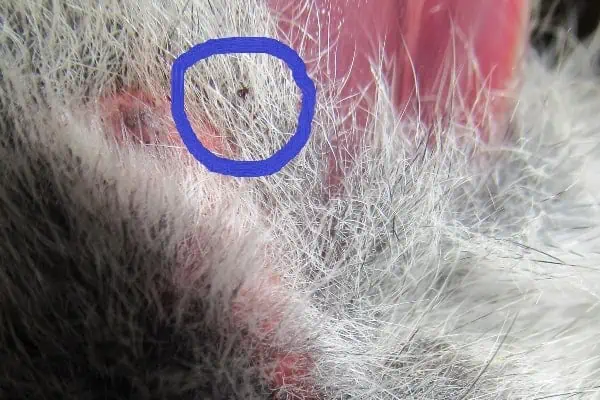When I first arrived in Kluane as an aspiring biologist, it seemed fitting that I would land in the place where the famous lynx-snowshoe hare cycles had been studied since the ’70s. Famous – at least to ecology students and trappers – graphs showing their staggered 10-year oscillations had figured prominently in my university courses.
I was given a lynx haunch recently by a friend who traps, and, contemplating this relationship, I got out a recipe intended for rabbit. It seemed to impart some sort of poetic ecology, to the dish. Perhaps ecological poetry.
An aside on eating cat: carnivores’ high position on the food chain makes them unsuitable for domestication as food animals because they can accumulate high concentrations of toxins in their tissues through biomagnification, and because of the fact that energy is lost at each stage it is transformed. It is much more efficient for us to eat plants, or even herbivores, than carnivores. However, if an animal is killed for its fur, the rest of it should be used with respect, and eating this meat occasionally is certainly safe. As with any game, one should keep an eye out for signs of parasites during meat preparation.
I have had delicious versions of rabbit stifado made with domestic rabbit, so I decided to try it with my lynx. A stifado (or stifatho) is a Greek stew that can be made with meat – or as a vegetarian dish – and usually includes lots of onions, and, in more recent history, tomatoes. The word apparently arrived with Venetians in the 13th century. I learn something new every day.
I made a brine of whey from my last cheese-making escapade, with about two per cent salt, and marinated the thawed haunch for three hours. I hoped to draw out any strong flavours, while tenderizing the meat at the same time.
Leaving it in one piece, I browned the meat thoroughly on all sides, fried up some onions and garlic, and made a reduction of port, wine vinegar, stock, and tomatoes.
It all ended up in a crockpot with some of my favourite herbs, as well as cinnamon and allspice, and after four hours on high-temperature it was delightfully tender, while maintaining its integrity. I wonder how it would turn out with rabbit stock instead of chicken.
I borrowed my neighbour’s crockpot for the experiment, and am pleased to report that his skepticism regarding cat for dinner was met with a pleasant surprise.
A Recipe for Lynx Stifado
1 leg of lynx, brined three hours in 2 per cent salt solution (in water or whey)
¼ cup olive oil
3 medium onions, finely chopped
1 head garlic, pressed or finely chopped
½ cup port
½ cup white wine vinegar
1 cup stock (low-sodium if possible, as the brining can make the meat quite salty)
3 cup chopped tomatoes and their juice
1 tablespoon dried oregano
½ a cabbage, thinly sliced
1 cinnamon stick
8 allspice berries
6 Labrador tea leaves
Brown the lynx thoroughly on all sides in the olive oil, nice and hot. Remove the meat to a crockpot and sauté the onions in the same pan until they start to brown. Toss in the garlic for another minute or so. Add the onions to the crockpot, and again in the same pan add the wine, vinegar, stock, oregano, and tomatoes. Cook on high heat for five minutes or so until it starts to reduce. Add the rest of the ingredients to the crockpot and pour over the reduction. Cook on high for at least four hours or until meat is tender. Serve over rice or orzo with some freshly steamed greens for color.




